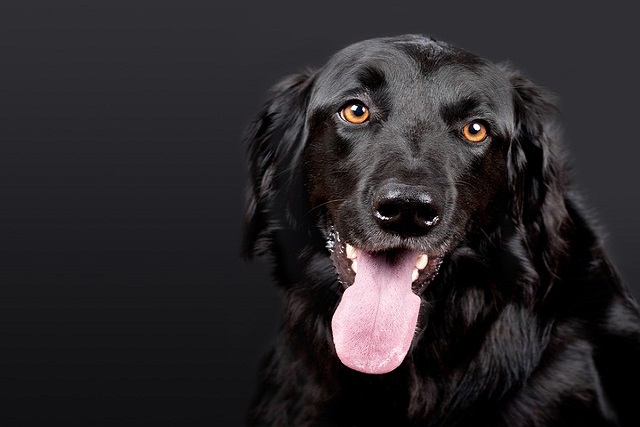
How do i train my dog to be obedient?
Watching your dog dart across the park ignoring your calls isn’t just frustrating—it can put them at risk near busy streets or public spaces.
Watching your dog tremble during storms, pant excessively on car rides, or hide from visitors isn't just heartbreaking—it's a call for compassionate, science-backed support. Anxiety isn't disobedience; it's genuine distress needing patient, force-free strategies that honor their emotional wellbeing. Success means building security, not enforcing compliance, aligning with modern animal welfare standards across the EU, UK, and North America.
First, partner with your vet. Sudden anxiety or worsening symptoms can signal thyroid issues, pain, neurological conditions, or age-related cognitive decline. A thorough medical exam rules out underlying causes and explores whether anti-anxiety medication could provide crucial relief alongside training. This step isn't optional—it's fundamental responsible care under regulations like the UK's Animal Welfare Act requiring prevention of suffering.
Become a detective, not a disciplinarian. Track triggers meticulously: Is it loud noises (thunder, fireworks), separation, strangers, other dogs, or specific environments? Note subtle signs before full panic sets in—lip licking, yawning, whale eye, tucked tail, shaking. Understanding their unique "threshold" helps you intervene early. Punishment here isn't just cruel; it deepens fear and risks violating bans on aversive tools in Germany, Austria, and parts of California.
Master counter-conditioning and desensitization (CC&D). This gold standard changes emotional responses. For thunder: Play recordings at barely audible levels while serving chicken. Gradually increase volume only if they stay relaxed. For strangers: Reward calm behavior from a distance where they notice but don't react. Pair the trigger with something amazing—never force exposure. Patience is non-negotiable; rushing floods their nervous system.

Create unshakeable safe havens. Provide a den-like crate (never for punishment) draped with blankets in a quiet room. Use pheromone diffusers (Adaptil) or calming music. Teach a "go to mat" cue rewarded heavily. During fireworks, lead them here before panic starts with a stuffed Kong. This respects their need for security and prevents neighborhood disturbance complaints—key in shared housing.
Manage their world proactively. Avoid triggering situations where possible. Schedule walks during quieter times if noise-phobic. Use visual barriers like window film if passersby cause stress. For separation anxiety, start with absences of seconds, not hours. Quality calming supplements (veterinarian-approved) may support training. Muzzle train positively if fear-based nipping is a risk during vet visits or grooming.
Reward calmness relentlessly—but quietly. Notice relaxed moments? Toss a treat without fuss. Use puzzle toys or lick mats to lower stress hormones. Avoid coddling during panic; it can unintentionally reward the fear. Instead, project calm energy and offer an engaging distraction before they tip over threshold. This builds confidence through agency, not helplessness.
Seek certified professional help early. For severe cases—self-injury, aggression stemming from fear, or inability to eat/sleep—consult a veterinary behaviorist (Dip ACVB) or certified force-free trainer (IAABC, CCBC). They create tailored plans combining medication (if needed), structured CC&D, and management. DIY approaches often fail or worsen trauma, risking welfare and community safety concerns.
Progress may be slow, but every moment of observed relaxation is a victory. Celebrate tiny wins—a tail uncrossing, a deep sigh. This journey builds profound trust while honoring your dog's emotional reality within ethical and legal frameworks. Your patience today crafts their calmer tomorrow.

Watching your dog dart across the park ignoring your calls isn’t just frustrating—it can put them at risk near busy streets or public spaces.

New puppy owners often find themselves rushing to clean up accidents before they set in, and that’s where puppy pad training becomes a game-changer.

If you've noticed your dog's waistline disappearing and your veterinarian has mentioned those few extra pounds, your first instinct might be to simply reduce the amount of food in their bowl.

Training a dog to use a designated spot indoors isn’t as daunting as many new owners fear, but it does take consistency and an understanding of your pet’s needs.

That moment of dread on a walk is all too familiar for many new dog owners. You see another dog approaching down the sidewalk of your neighborhood

If the sight of another dog on your neighborhood walk makes your heart sink as your own dog erupts into a frenzy of barking and lunging, you're not alone.